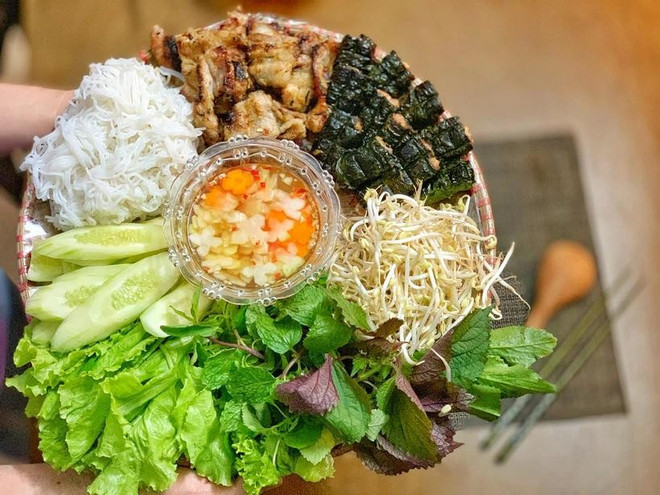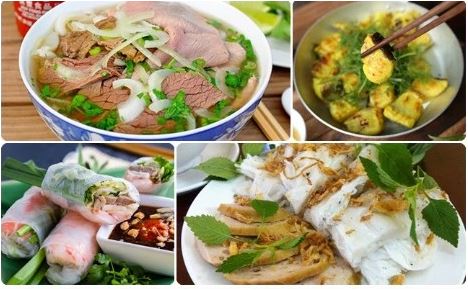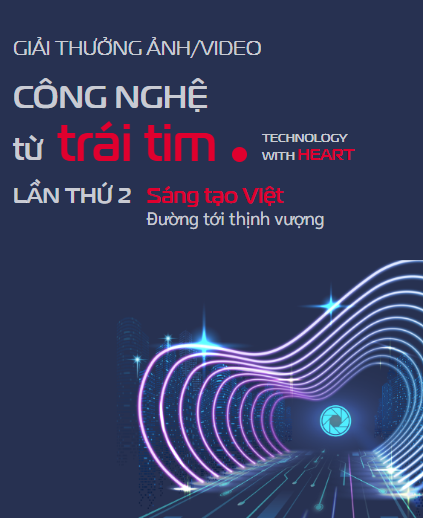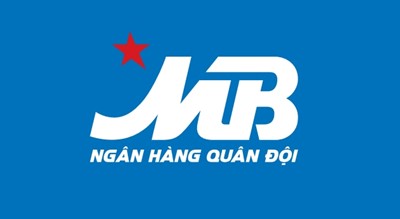Hanoi, with its diverse culinary treasures built on a thousand-year cultural foundation, has transformed cuisine into a part of the cultural industry, with various measures being taken to promote its brand and elevate the status of the capital city's cuisine.
Abundant choices
Hanoi offers numerous culinary options. ‘Pho’ (noodle soup) in Hoan Kiem district alone features many famous brands like Pho Ly Quoc Su, Pho Thin, Pho Suong, Pho Au Trieu, and Pho Nguyet. Beyond that is a long list of eateries serving ‘Bun Cha’ (vermicelli with grilled pork meatballs), ‘Bun Rieu’ (crab vermicelli soup), ‘Bun Oc’ (snail vermicelli soup), and ‘Bun Thang’ (vermicelli soup with chicken, pork and fried egg, mushrooms and dried turnip).
There are also a large number of food streets in the city, including three professionally organised venues at Tong Duy Tan (Hoan Kiem), Dao Ngoc-Ngu Xa (Ba Dinh), and Nguyen Van Tuyet (Dong Da). Additionally, many streets and alleys have naturally evolved into food destinations, including Phat Loc, Dong Xuan, Trang Tien, Trung Yen, Hoe Nhai, and Ao Sen.
This rich culinary heritage stems from a millennium of culture and Hanoi's position as a cultural exchange centre of the region, the nation and the world. Hanoi's specialties like ‘Pho’, ‘Bun’, ‘Nem’ (spring roll), and ‘Com’ (young sticky rice) are well-known dishes. More importantly, its appeal lies not just in the food itself but in its food culture - from preparation methods to the dining experience.
Last year, TripAdvisor recognised Hanoi among the top 15 cities with the world's most appealing cuisines, on par with Naples (Italy), Athens (Egypt), Barcelona (Spain), Paris (France), Bangkok (Thailand), and Kyoto (Japan).
In addition, the World Culinary Awards honoured Hanoi in two categories, including the World's Leading Culinary Destination and Asia's Leading Culinary Destination.

According to the Strategy on Vietnam’s Cultural Industry Development by 2020, with a vision to 2030, approved by the Prime Minister in 2016, the cultural industry comprises 12 different aspects. However, in the capital city’s resolution on cultural industry development by 2025, with a vision to 2030 and an orientation to 2045, the municipal Party Committee added cuisine as the 13th category in its cultural industry. This represents a breakthrough in thinking about exploiting culinary resource values.
Affirming position, elevating brand
The Hoan Kiem District People's Committee recently completed a project to renovate Tong Duy Tan – Hang Bong Alley food street, with the highlight of the bronze statue featuring a ‘Pho’ seller in the early 20th century by artist Tran Quoc Thinh. The street is decorated with lanterns, and its entrance gate is inspired by ancient architecture. These enhancements add value to Tong Duy Tan Food Street, already famous as Hanoi's oldest food street with many renowned establishments.
Besides infrastructure improvements, Hoan Kiem has launched the Hoan Kiem Culinary App on iOS and Android, helping foodies search for dishes by category and order directly, while promoting commercial civilisation and ensuring food safety. This is just one of many activities Hanoi has been carrying out to exploit and promote culinary resources.
Additionally, the capital regularly organises cuisine promotion events such as the West Lake Lotus Festival, Hanoi Culinary Culture Festival, and Hanoi Tourism Gift Festival. They not only introduce Hanoi's culinary beauty but also showcase its elegance and sophistication in food preparation and appreciation.
Dr. Dang Phuong Anh from the University of Social Sciences and Humanities suggested that when promoting Hanoi cuisine and linking it with tourism development, attention should be paid to cultural spaces and the interaction between foodies and food creators.
Meanwhile, Assoc. Prof. Dr. Nguyen Thi Anh Quyen from the Hanoi University of Culture proposed Hanoi develop a more specific strategy to promote culinary culture linked to the development of the cultural industry for its localities to follow. The city should also develop focused culinary tours and organise more international exchange events related to food culture.
Many experts also advised the capital to consider exporting specialty dishes on a larger scale to affirm its position and elevate its brand./.



















